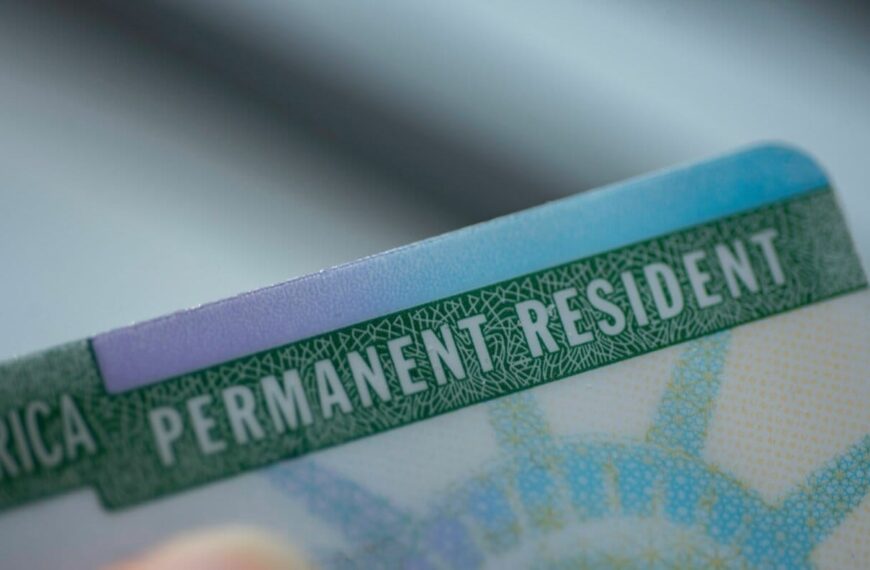Germany’s New Border Controls and Asylum Rules Effective May 6
As of May 6, Germany is set to implement significant changes to its border control and asylum procedures. These new regulations aim to address the challenges posed by increased migration and to enhance national security. In this blog post, we will delve into the details of these changes, examine their implications, and explore the broader context of immigration policy in Germany.
Overview of the New Regulations
The German government has announced a series of measures that will tighten border controls and reshape the asylum application process. These regulations are part of a broader strategy to manage migration more effectively while ensuring that the country’s borders remain secure.
- Strengthened Border Controls: The new regulations will see an increase in the number of officers at border checkpoints, improved surveillance technology, and enhanced cooperation with neighboring countries.
- Asylum Process Revisions: The asylum application process will be expedited, with a focus on reducing waiting times for applicants. However, this comes with stricter criteria for eligibility.
- Detention Measures: The rules will also introduce measures for the detention of individuals who enter the country illegally, allowing authorities to process their cases more quickly.
Rationale Behind the Changes
The German government cites several reasons for implementing these new regulations. First and foremost is the need to manage the increasing number of asylum seekers and migrants arriving in the country. In recent years, Germany has experienced a surge in migration, leading to strains on its asylum system.
Additionally, there is a growing concern regarding security and the potential for illegal activities associated with unchecked migration. By tightening border controls, the government aims to both protect its citizens and maintain a fair asylum process for those who genuinely need protection.
Implications for Asylum Seekers
For asylum seekers, the new rules present both challenges and opportunities. While the expedited process may lead to quicker decisions on applications, the stricter eligibility criteria could result in a higher rate of rejections.
- Increased Scrutiny: Applicants may face more rigorous interviews and document checks, as authorities seek to ensure that only those who meet the new criteria are granted asylum.
- Potential for Appeals: Those whose applications are denied will still have the right to appeal, but the timeline for these appeals may also be impacted by the new regulations.
- Support Services: NGOs and support organizations may need to adapt their services to assist applicants in navigating the new process effectively.
Broader Context of Immigration Policy in Germany
The changes to border controls and asylum rules in Germany are not occurring in isolation. They reflect a growing trend among European countries to reevaluate their immigration policies in light of changing global dynamics.
Germany, traditionally known for its welcoming stance towards refugees, now faces a complex landscape where public opinion on immigration is divided. On one hand, there are those who advocate for the rights of migrants and refugees, while on the other, there is a considerable faction that calls for stricter measures to control immigration.
Responses from Advocacy Groups
Human rights organizations and advocacy groups have expressed concerns about the potential negative impacts of the new regulations. They argue that while security is important, the fundamental rights of asylum seekers must not be compromised.
- Humanitarian Concerns: Critics argue that the new measures could lead to increased vulnerability for asylum seekers, particularly those fleeing persecution and conflict.
- Legal Challenges: Some organizations are preparing legal challenges against the new regulations, asserting that they may violate international asylum laws.
The Future of Germany’s Immigration Policy
As Germany moves forward with these new border controls and asylum rules, the future of its immigration policy remains uncertain. The government must balance national security concerns with the humanitarian obligations it has towards refugees and asylum seekers.
Moreover, the effectiveness of these new measures will likely be scrutinized in the coming months. The government will need to monitor the impact of these regulations on both migration patterns and public sentiment.
Conclusion
Germany’s new border controls and asylum rules, effective May 6, represent a significant shift in the country’s approach to immigration. While aimed at enhancing security and streamlining the asylum process, these changes also raise important questions about the treatment of asylum seekers and the balance between protection and control.
As the situation evolves, it will be crucial for all stakeholders—government officials, advocacy groups, and the public—to engage in constructive dialogue to ensure that Germany remains a nation that honors its commitment to human rights while addressing the realities of modern migration.










